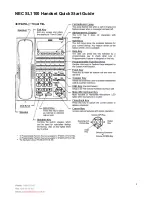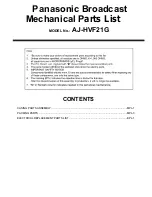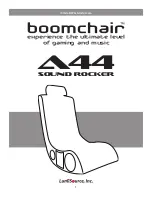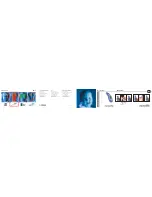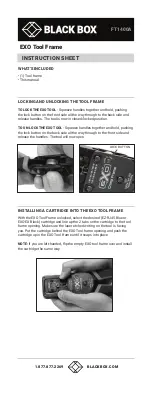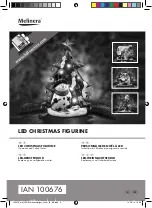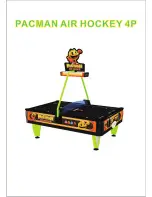
6
Safety Information
2 Safety Information
Provisions for a safe work environment
Only trained and quali
fi
ed automotive technicians and auto mechanics may carry out work on the
vehicle.
Read this publication carefully.
Follow all warnings, notices and instructions to avoid personal injury and property damage.
Always abide by the vehicle and trailer manufacturer’s speci
fi
cations and instructions.
Observe all accident regulations of the respective company as well as regional and national regulations.
The workplace should be dry, suf
fi
ciently lit and ventilated.
Use personal protective equipment if required (safety shoes, protective goggles, respiratory protection
and ear protectors).
Read and observe all Danger, Warning and Caution hazard alert messages in this publication. They provide
information that can help prevent serious personal injury, damage to components, or both.
WARNING
To prevent serious eye injury, always wear safe eye protection when you perform vehicle maintenance or
service.
WARNING
Park the vehicle on a level surface. Block the wheels to prevent the vehicle from moving. Support the
vehicle with safety stands. Do not work under a vehicle supported only by jacks. Jacks can slip or fall
over. Serious personal injury and damage to components can result.
WARNING
It is also recommended to disable or lower any lift axle or tag axle system on the trailer before working
on it. Otherwise, the user has to be aware of possible sudden motion of trailer vehicle body that can lead
to injuries.
CAUTION
Unintended voltages induced into the ECU can damage the electronic control unit (ECU). Disconnect
all connectors from the ECU before you perform any welding, electrostatic painting, or any other activity
that applies high voltage to the vehicle frame. Refer to the equipment manufacturer‘s recommended
instructions for correct procedures.
This manual contains maintenance procedures for WABCO’s iABS
™
Trailer ABS system with PLC and
CAN. Before you begin procedures:
1. Read and understand all instructions and procedures before you begin to service components.
2. Read and observe all Caution and Warning safety alerts that precede instructions or procedures you
will perform. These alerts help to avoid damage to components, serious personal injury, or both.
3. Follow your company’s maintenance and service, installation, and diagnostics guidelines.
4. Use special tools when required to help avoid serious personal injury and damage to components.
Summary of Contents for 400 500 320 0
Page 148: ...148 Troubleshooting Fig 9 9 4017182a...
Page 149: ...149 Troubleshooting Fig 9 10 4017180a...
Page 150: ...150 Troubleshooting Fig 9 11 4017173a...
Page 156: ...156 Troubleshooting Fig 9 15 4017183a...
Page 174: ...174 Troubleshooting Fig 9 35 4017186a...
Page 187: ...187 Notes Notes...






















